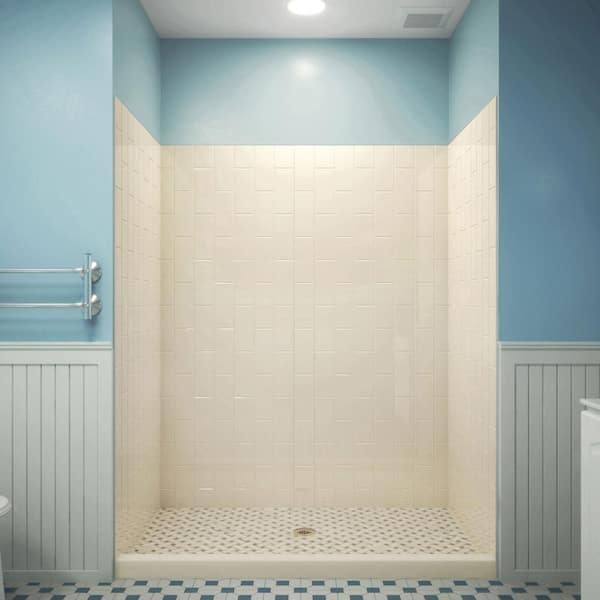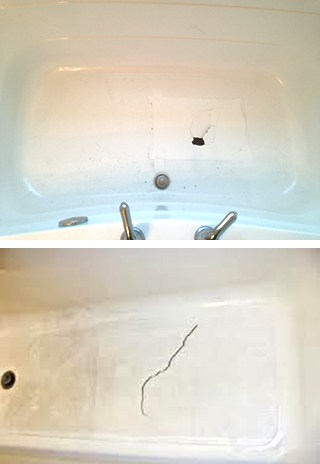{This Page Presented here below you can find some dependable advice in relation to Hiring a Plumbing Company. We recommend that you clean your acrylic bathing product made of Delta ProCrylic or Acrylic with Innovex Technology with non-abrasive soaps and cleaners, such as: When it’s time to clean, always use a terry cloth towel, soft cloth or sponge to avoid scratching the acrylic surface. Don’t use abrasive scrubbing pads, steel wool or sponges, cause permanent damage to the acrylic material. If you use a drain cleaner or clog remover, be sure to rinse thoroughly with water so no product is left standing near the drain. Some chemicals and cleaners may deteriorate acrylic surfaces, causing cracks and, potentially, property damage. To avoid this, don’t use cleaning products that state on their label that they are not suitable for use on Acrylic, ABS, Polystyrene or Plastic. Be sure to check the label of any product before you apply it to the surface; it’s easier to avoid damage than to try to remedy it. Chemicals we do not recommend using to clean acrylic showers/tubs: When you’re ready to apply sealant, a little planning goes a long way. Pick up some painter’s tape and use it to mask off the seam to help make cleaning up easier. When you’re applying the bead, use a constant, steady speed to avoid an uneven finish. Use a caulk tool or a plastic spoon to work the sealant into the joint. Wetting the tool with denatured alcohol will help create a smooth finish. Follow the directions on the back of the tube for cure time. Certain chemicals and cleaners may deteriorate acrylic surfaces, causing cracks and, potentially, property damage. After you’re finished applying it, clean up the product surface and remove any excess sealant with denatured alcohol. Don’t use solvents (turpentine, lacquer thinner, mineral spirits, paint thinner, MEK, xylene, acetone, naphtha, etc.) that can wreak havoc on an acrylic surface. With a little care and consideration, you can prevent damage to your acrylic shower or tub. Keep a supply of soft cloths handy and remove any damaging products or abrasive scrubbing items from the bathroom to ensure they aren’t around when it’s time to clean. https://www.deltafaucet.com/design-innovation/inspiredliving/how-to-clean-acrylic-shower I hope you enjoyed our post about Things To Look Out for Before Hiring a Plumbing Company. Thanks a lot for finding the time to read through our piece of content. In case you enjoyed our blog entry if you please make sure you remember to share it. Thank-you for your time invested reading it.
Polymer bathrooms, shower trays, and various other acrylic restroom ware have come to be much more typical in bathrooms in current times. Not as elegant and also long lasting as enamel as well as porcelain bathrooms and fixtures, they are more cost effective and serve rather much the exact same fundamental objective. Some usual instances of damage to acrylic restroom components consist of staining, splits, holes, etc.Bath Staining
With long term usage of acrylic baths comes discoloration or discoloration. While some discolorations can be eliminated quickly, using unique chemicals, others call for that the bath be resprayed. Aromatherapy oils loosen the dust in some instances thereby recovering the bath to its former glory.Chain reaction
In some cases, individuals try to paint the entire surface of their acrylic bathroom on their own either due to the fact that they do not such as the color to hide acnes. However, when they do not such as the outcome, they use paint removers. You must never utilize paint eliminator on acrylic baths. Although paint cleaners do not respond with the surface area of metal bathrooms, they damage acrylic baths irreversibly. This develops a lot more benefit the specialist. The best course of action right here is to call an expert for assist with replacing the bath.Scratched shower or bathroom surface
Polymer bathroom fixtures are not abrasion-resistant like enamel varieties. Being a very soft material, acrylic scratches can even be concealed without covering or filling. For these, you ought to look for specialist assistance for your bathroom repair services.Fractured Polymer Baths
The lifespan of acrylic and fiberglass baths is up to 15-20 years for shower frying pans and also bathrooms, normally. Fractures in an acrylic shower tray are most likely among the most convenient troubles to repair for a repair professional. This is the exact same for PVC, resin, and various other such materials.
Polymer bathrooms, shower trays, and various other acrylic restroom ware have ended up being much more usual in shower rooms in recent times. With extended usage of acrylic baths comes discoloration or discoloration. You ought to never ever use paint eliminator on acrylic baths. Paint cleaners do not respond with the surface of metal bathrooms, they destroy acrylic baths irreversibly. The lifespan of acrylic as well as fiberglass bathrooms is up to 15-20 years for shower frying pans and baths, normally.How to clean Acrylic shower
USE THESE NON-ABRASIVE CLEANERS
DO NOT USE THESE CLEANERS
Sealant Application Tips

Book Inspection
5 Solutions to Acrylic Washroom Issues
Get Quote